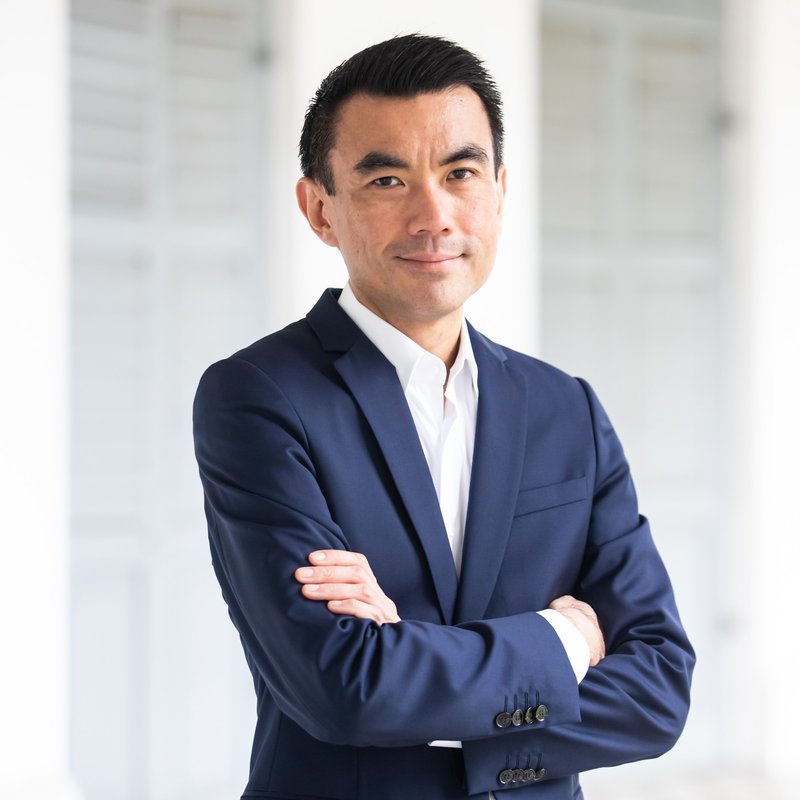"The challenge is for museums to continue being important places in the face of our ever-changing attitudes and societies"

Interview with Dr Eugene Tan, Director of the National Gallery Singapore and Singapore Art Museum for Tendencias del Mercado del Arte, No VIII, Spain.
What are art museums for? How can they remain relevant in the twenty-first century? How can institutional collections keep up with their time?
Apart from the traditional role of art museums to preserve cultural and artistic heritage, as well as playing a key role in educating the public, art museums are increasingly becoming places for discussion and debate about challenging and contentious issues of the day in our societies. Through their exhibitions and programs, art museums can become the public arena for the presentation of different perspectives and their debate. This will ensure that art museums remain relevant in the public sphere. Museum collections will, likewise, have to reflect this new role and the art that museums collect will, reflect the artistic responses to the pertinent issues of their societies and their time.
Is the rise in popularity of ephemeral and performative practices forcing museum professionals to redefine what constitutes a collectible artwork?
Artists will always express themselves using media relevant to their times. As such, the increasing use of digital media is becoming commonplace and museums have to be more flexible and open in terms of collections. While the collection of ephemeral and Conceptual works is not new with already fairly established protocols, the collection of digital media will be a growing challenge for museums.
How could museums approach the consequences of their infinitely expanding collections? And what opportunities exist in digital strategies for collections?
Some museums are already beginning to rethink their collection strategies and to question whether it is sustainable to keep expanding their collections in light of the costs involved in storage and conservation, as well as the spatial limitations in displaying these collections. The sharing of collections and joint acquisitions are some of the ways museums are dealing with these issues.
Museums have the power to support artists by giving them exhibitions. How can an exhibition influence an artist’s career?
Museum exhibitions can influence an artist’s career to a certain extent by contextualizing the artist’s work within art history. This can have the effect of highlighting the artist’s overlooked art historical significance.
Over the past decade, there has been an increase in the construction and development of museums. How do you see this phenomenon? Might the boom in contemporary art be bad for museums?

The proliferation of art museums, both private and public, is generally a positive development. Anything that increases the support for artists, as well as for the public to experience and learn more about art is always positive, as long as the museums act in the public interest. This is especially so for private museums.
The boom in the contemporary art market poses problems for museums in that it makes it more difficult for museums with limited resources to compete with collectors. The dominance of the art market has also led to the situation where museums take the lead from the market in terms of their collections and exhibitions, rather than the other way around.
And in line with this, funding and where it comes from is always a controversial topic when speaking about public museums. For example, American museums receive most of their funding privately. What do you think about the complaint that wealthy individuals are making the decisions that drive museum staffing and programming?
Museums are meant to uphold certain moral and ethical values, as such, it is not unreasonable to expect that all aspects of the museum’s management and supporters abide by these same ethical standards, which has been a source of controversy in recent years. Apart from this, funders and donors must also be aware that they should not influence the programs and curatorial work of the museum. Donors have to be conscious that when they attempt to do so, whether implicitly or explicitly, it will lead to the loss of public trust in the museum, as we have witnessed in recent years.
Are museums more important than ever, since visual language is becoming the lingua franca of the younger generation?
Museums have always been important institutions in society. The challenge is for museums to continue being important places in the face of our ever-changing attitudes and societies. Museums have to keep focused on their core mission, rather than feeling they have to compete with other forms of popular entertainment in order to stay relevant, and in the process deviate from their core mission to educate and provide meaningful experiences with art.